![]() It seems incredible that half a year has already gone by and here we are in July! And so much of my time continues to be consumed by teaching, with little time left for sewing and other activities. With Alexia out on vacation, though, I have been lucky to have a great helper. As I prepare dozens of ornaments for the Christmas workshops I will be teaching from July through September, Alexia has helped me bag and label my samples to help me keep things in order. I sure wish she could be my full-time helper!
It seems incredible that half a year has already gone by and here we are in July! And so much of my time continues to be consumed by teaching, with little time left for sewing and other activities. With Alexia out on vacation, though, I have been lucky to have a great helper. As I prepare dozens of ornaments for the Christmas workshops I will be teaching from July through September, Alexia has helped me bag and label my samples to help me keep things in order. I sure wish she could be my full-time helper!
For quite a while I’ve been wanting to learn how to do boutis. Unfortunately, I haven’t been able to find any books, either used or new (if anyone knows where to find one, please let me know!). So I’ve taken to visiting French-speaking boutis blogs, trying to piece information together and figure out how to do this. Here is my first effort… just have to finish the edge off!

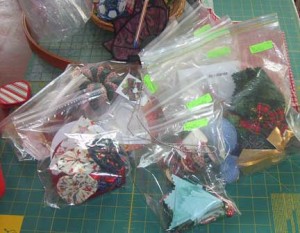
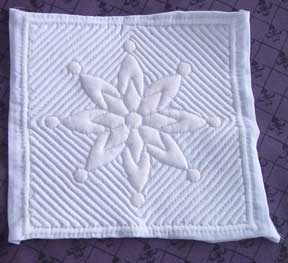
 I am a self-learner. I taught myself to sew and to quilt. And I taught myself how to draw. I love to dye my own fabrics, am a fanatic of free-motion quilting, and dabble with mixed media. I am a quilt designer and teacher, and design and publish my own line of quilt patterns. With this blog I would like to share the bits and pieces of my life.
I am a self-learner. I taught myself to sew and to quilt. And I taught myself how to draw. I love to dye my own fabrics, am a fanatic of free-motion quilting, and dabble with mixed media. I am a quilt designer and teacher, and design and publish my own line of quilt patterns. With this blog I would like to share the bits and pieces of my life. 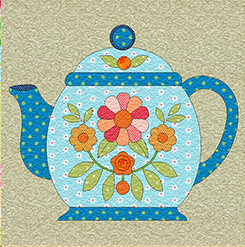
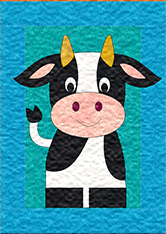
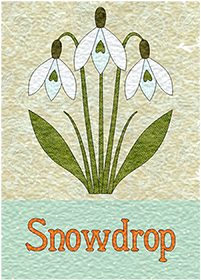

6 Comments
Boutis
Submitted by golo8 on Sun, 08/03/2008 – 15:47.
Here is an interesting site. http://www.historyofquilts.com/french_quilt_history.html
boutis
Submitted by domilabeille on Tue, 08/12/2008 – 14:08.
as Boutis is a provencal technic you ca find books in france
perhaps in amazon.fr
if you want I can send you a specialised magazine with boutis, in french language….
you can alos find them to Editons de saxe
http://www.edisaxe.com/accueil.php?cPath=22_110&osCsid=0ad80f404299bbbd5…
it is so funny to make boutis, I like this very much
Dominique Marie, in France
I’m just learning a new technique at my quilting class, called “Trapunto”, and I remembered I’ve seen something similar in your blog. I think is the same as “boutis”. It’s all worked in white, ivory or pale yellow or pink, filled with cotton or yarn, and the results are very delicate.
There is a difference, Irene. They are both stuffing techniques, so are often confused. Nowadays, however, trapunto is mostly done by layering the batting and then machine quilting. Are you learning traditional or modern trapunto?
You will find the differences explained here in Wikipedia:
http://en.wikipedia.org/wiki/Trapunto_quilting
http://en.wikipedia.org/wiki/Proven%C3%A7al_quilts
And then here are two interesting articles that might be enlightening:
http://www.quiltersmuse.com/wholecloth_quilts4.htm
http://www.historyofquilts.com/french_quilt_history.html
Thank you very much for the links and your information, Angie. I’ve read them and learned too much, so I’m so excited to learn and do more, this technique is beautiful. (It would be useful to learn french, too). The method we’re using is to embroider a design with white thread, in two layers of white fabric (etamina), using backstitch. After that, at the back of the labor, we make a very small cut at every place to be stuffed (with tiny, sharp scissors), carefully fill the space with white cotton, and then close the cut with some stitches. After the design is stuffed, it’s layered with batting and a backing fabric to make a stipple quilting around the design. I think this is the traditional method.
Yes, that is the traditional method, Irene. I’ve been wanting to work on a tutorial for boutis… the problem is TIME! Grrr. (: I think I really need to get moving on video editing for future tutorials. I could probably cover so much more in less time….